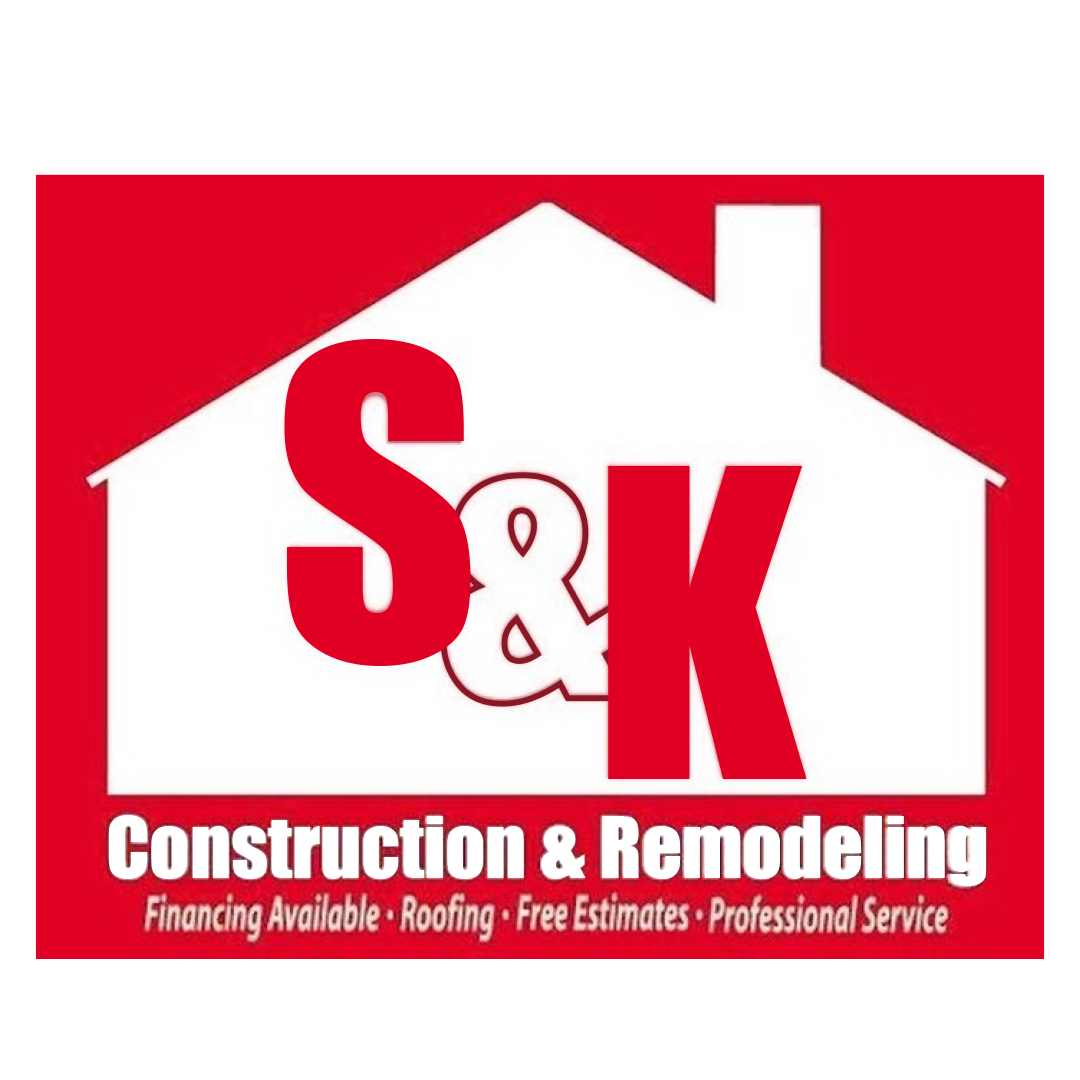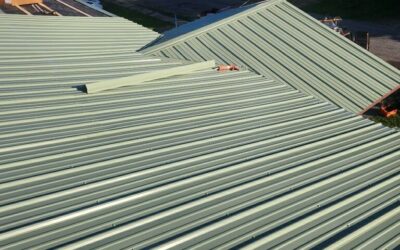What Kind of Roof Damage is Covered by Home Insurance?
Your roof is one of the most critical components of your home, providing protection from the elements and maintaining structural integrity. When damage occurs, the cost of repairs or replacement can be overwhelming. Fortunately, homeowner’s insurance can help cover some of these costs—but coverage depends on the cause and extent of the damage.
At S&K Construction And Remodeling LLC, we help homeowners in Northeast Ohio and the Great Lakes region navigate roofing repairs and insurance claims. In this comprehensive guide, we’ll explain what types of roof damage are covered by home insurance and what steps you should take if you need to file a claim.
1. How Home Insurance Covers Roof Damage
Most homeowner’s insurance policies include dwelling coverage, which protects the structure of your home, including the roof. However, whether or not your insurer will pay for repairs depends on:
- The cause of damage (covered vs. non-covered events)
- The age and condition of your roof
- Your policy limits and deductible
Understanding the specific terms of your policy is key to knowing what’s covered and what isn’t.
2. Types of Roof Damage Typically Covered by Home Insurance
Insurance policies generally cover damage caused by sudden and accidental events rather than gradual wear and tear. Here are the most common causes of roof damage that insurers typically cover:
Wind and Storm Damage
If strong winds, thunderstorms, or hailstorms damage your roof, your insurance policy is likely to cover the cost of repairs or replacement. Look for signs such as:
- Missing or lifted shingles
- Damaged flashing and vents
- Water leaks caused by wind-driven rain
Hail Damage
Hail can cause significant damage to shingles, gutters, and flashing. Insurance companies typically cover hail-related roof damage, but you must document the extent of the damage with photos and inspections.
Fallen Tree Damage
If a tree or large branch falls on your roof due to a storm or high winds, your homeowner’s insurance will likely cover the repairs. This includes removal of the fallen tree and structural damage to your home.
Fire and Smoke Damage
If your roof is damaged by fire, smoke, or lightning, insurance should cover the cost of repairs or replacement. Even if the fire originates in a neighboring property, your policy should protect you.
Vandalism and Accidental Damage
If your roof is damaged due to vandalism, theft, or other accidental events, insurance may provide coverage. Examples include someone throwing an object onto your roof or intentional destruction.
3. Roof Damage That Insurance Typically Does Not Cover
While homeowner’s insurance covers many types of roof damage, there are some exclusions. These include:
Wear and Tear or Age-Related Damage
Insurance won’t cover roofs that are deteriorating due to age, poor maintenance, or normal wear and tear. If your roof is over 20 years old and hasn’t been maintained properly, you may only receive actual cash value (ACV) rather than replacement cost value (RCV) in a claim.
Negligence or Lack of Maintenance
If an insurance adjuster determines that damage occurred due to lack of maintenance, your claim could be denied. Regular inspections and upkeep can help you avoid costly out-of-pocket repairs.
Flood or Earthquake Damage
Standard homeowner’s insurance does not cover damage from floods, earthquakes, or landslides. You would need to purchase separate flood or earthquake insurance for protection against these events.
Pest and Animal Damage
Damage from rodents, birds, or other animals chewing through roofing materials is usually considered preventable damage and is not covered under most policies.
Manufacturer Defects or Poor Installation
If your roof was installed incorrectly or has defective materials, your insurance likely won’t cover repairs. Instead, you would need to rely on a warranty from the manufacturer or contractor.
4. Steps to Take When Filing a Roof Insurance Claim
If you suspect that your roof has sustained covered damage, follow these steps to ensure a smooth claims process:
Step 1: Inspect Your Roof for Damage
After a storm or other event, conduct a visual inspection of your roof from the ground. Look for missing shingles, dents from hail, or debris that could indicate damage.
Step 2: Document the Damage
Take clear photos and videos of the damage, including both close-ups and wide shots. If possible, include timestamps and descriptions.
Step 3: Contact a Roofing Contractor for an Inspection
Before filing a claim, get a professional roof inspection from an experienced contractor like S&K Construction And Remodeling LLC. We can provide a detailed report, including estimated repair costs, which can strengthen your insurance claim.
Step 4: Review Your Insurance Policy
Check your homeowner’s insurance policy to understand what’s covered, your deductible, and any exclusions.
Step 5: File Your Insurance Claim
Notify your insurance company and provide the necessary documentation, including:
- The date and cause of damage
- Photos and videos
- The contractor’s inspection report
- An estimate for repairs
Step 6: Schedule an Insurance Adjuster Inspection
Your insurer will send an adjuster to assess the damage and determine how much they will cover. Having a roofing contractor present can help ensure fair assessment and negotiation.
Step 7: Get the Repairs Completed
Once your claim is approved, work with a licensed and insured roofing contractor to complete the repairs according to your policy’s guidelines.
5. Preventing Roof Damage and Insurance Issues
To keep your roof in good condition and avoid insurance issues, consider these preventative measures:
- Schedule annual roof inspections to identify minor problems before they worsen.
- Keep trees trimmed to prevent falling branches during storms.
- Clean gutters regularly to prevent water buildup and leaks.
- Use high-quality materials when replacing or repairing your roof.
- Ensure professional installation by hiring certified roofing contractors.
Final Thoughts
Home insurance can be a valuable resource when dealing with unexpected roof damage, but understanding what is and isn’t covered is crucial. If you suspect your roof has sustained damage, don’t wait—schedule a professional inspection and start the claims process as soon as possible.
For expert roofing services in Cleveland, Youngstown, Medina, Willoughby, and surrounding areas, trust S&K Construction And Remodeling LLC. Contact us today for a free roof inspection and insurance claim assistance!
 (440) 307-2060
(440) 307-2060



